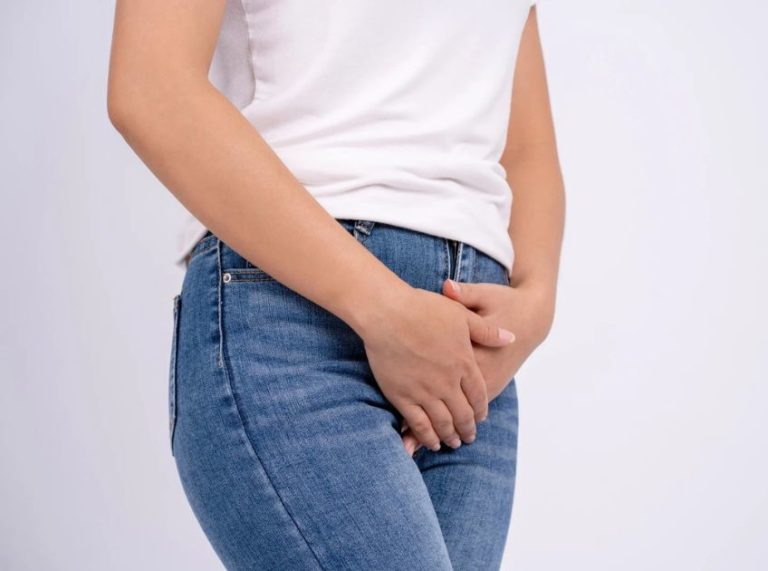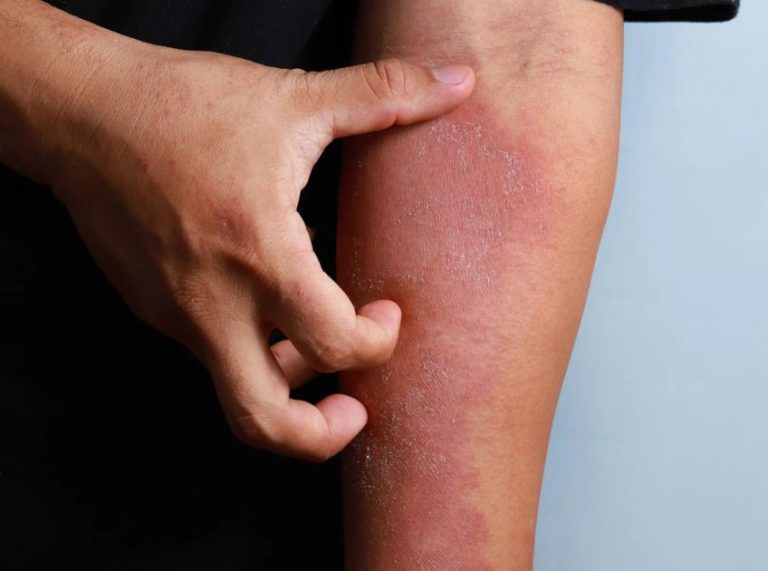
Important: This article is for informational purposes only. Please read our full disclaimer for more details.
Have You Ever Checked Your Belly Button and Wondered Why It Is Innie or Outie?
Let’s understand what a belly button is and what causes an innie or outie belly button in humans.
What Is a Belly Button?
A belly button is nothing but a scar on the abdomen (1), formed when the umbilical cord is removed after birth. It is also known as the navel or umbilicus and is present at the center of the abdomen. In other words, the belly button is a remnant of the connection between the developing fetus and the mother during pregnancy.
As the baby is delivered, the umbilical cord is clamped and cut. A small part of the cord, the umbilical stump, stays attached to the baby, gradually dries, and falls off after a few days. As the remaining part falls off, a scar on the abdomen develops into a belly button or navel.
Innie and Outie Belly Button
Every belly button is different and is of diverse shapes and sizes (2). However, they are not as unique as a person’s fingerprint. Innie and outie are the two shapes of the belly button, distinguishing them majorly.
Innie Belly Button

When the belly button appears inverted or has a concave shape wherein the skin is curved inwards, it is called an innie belly button. Here, innie refers to the inside, giving an idea about the belly button’s shape.
Outie Belly Button

When the navel protrudes out rather than curving inwards, it is called an outie belly button. Here, outie refers to outside.
What Causes an Innie or Outie Belly Button?
How scar tissues heal decides the shape of the belly button in a person. After the umbilical cord is cut and the remaining part dries and falls off, the tissues start healing. When the tissues curve inwards, an innie belly button is formed, and when they stick out, the belly button takes the shape of an outie.
Besides how the scar tissues heal, genetics also play a major role in deciding the shape and size of the belly button.
How Genetics Decide the Shape of the Belly Button
A person inherits different traits from their ancestors, and it is one factor that determines the shape of the belly button. These genetic traits include-
- skin elasticity
- healing process
- scar formation
Our skin contracts and retracts during the healing process, and if the skin’s elasticity is great, it will help in faster and more effective healing. Skin elasticity is determined by the presence of collagen and elastic fibers that provide strength and flexibility to the skin. The presence of these two components varies among people due to genetics, and thus, it indirectly regulates the shape of the belly button.
When the skin elasticity is higher, the scar tissue will retract efficiently during the healing process. It will result in an innie belly button. On the contrary, when the skin’s elasticity is lower, the skin will not retract as easily as in the former case, forming a slight protrusion, causing the belly button to stick out and resulting in an outie belly button.
Other than these, here are some more factors that may determine the shape of the belly button-
- pregnancy
- weight fluctuations
- abdominal surgeries
While the innie belly button is more commonly seen in people, the outie belly button is also not uncommon. Irrespective of this, their shape doesn’t affect their function or individual’s health. The difference in shape is purely cosmetic variation and has nothing to do with a person’s well-being.
Myths Associated with the Shape of the Belly Button
Even though the belly button is just a scar formed after the umbilical stump falls off, a few myths are associated with its shape. Therefore, it is essential to know that the innie or outie belly button is not the result of how the doctor has cut and clamped the umbilical cord and how the parents took care of the umbilical stump.
Forming the innie or outie belly button is a natural process that depends upon the skin’s elasticity and other genetic and environmental factors. At the same time, the shape of the navel has nothing to do with a person’s size and weight of the stomach. Overweight people may have small belly buttons, and underweight people may have a large navel.
Medical Conditions That Can Cause an Innie and Outie Belly Button in Babies
Certain medical conditions may cause the belly button to go inwards or protrude out among babies. These are:
1. Umbilical hernia
Sometimes, the baby’s abdominal muscles don’t grow as strong as they should. The weak abdominal muscles lead the intestines to come through the abdominal wall. It pushes the belly button and causes an umbilical hernia (3). Such cases are usually repaired surgically at the time of birth.
2. Umbilical granuloma
An umbilical granuloma is another condition wherein extra tissues form around the belly button, putting extra pressure on it and protruding it (4). Babies with such conditions develop an outie belly button. However, this condition is typically treatable by removing the excess skin.
People who get belly button piercing can also get umbilical granuloma.
Besides these, a few medical conditions can also change the shape of the belly button later in life, causing them to become outie from the innie. These conditions are:
- Ascites
- Hepatosplenomegaly
- Pregnancy
All these conditions can exert pressure on the abdominal wall, changing the shape of the belly button. However, as they resolve, the belly button’s shape returns to usual.
Conclusion
Now that we know what causes an innie or outie belly button, it’s high time to understand that we can’t do anything about its shape. Even though surgically, one can change the shape, innie, and outie are hardly noticeable. At the same time, the shape has nothing to do with health and well-being.
Being a scarred area in the abdominal wall, a belly button reminds us about how beautifully we were once connected to our mother inside her womb.
Related Articles
- 7 Day Flat Belly Diet Plan – Lose Weight and Get Flat Stomach
- 7 Healthy Homemade Drinks for Flat Tummy
- Keloid on belly piercing: Causes, Looks like and Treatment
- Top 10 Natural Remedies For Keloids
- How to Use Tea Tree Oil for Keloids?
- How to Get Rid of a Nose Piercing Bump?
- Piercing Bump vs keloid: Causes, Symptoms, and Treatment















